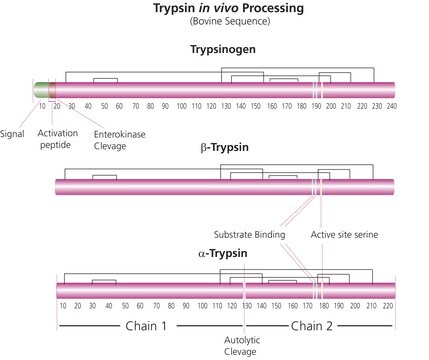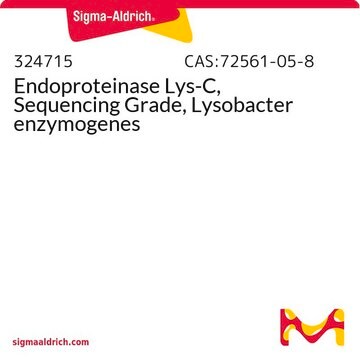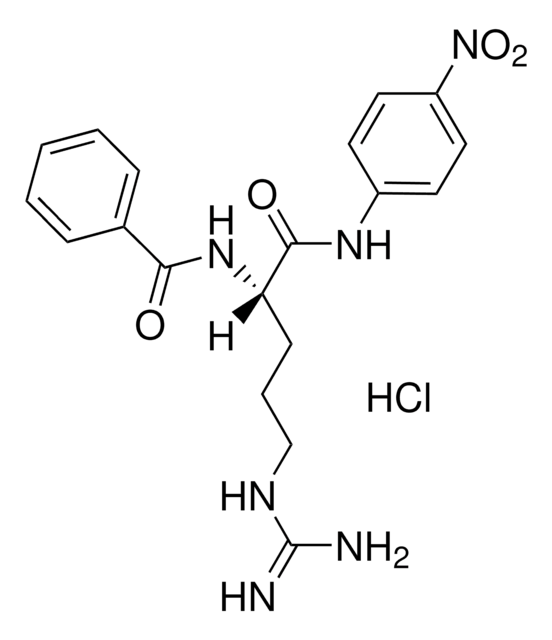28-5960
Acido solforico
0.25 M
Autenticatiper visualizzare i prezzi riservati alla tua organizzazione & contrattuali
About This Item
Formula condensata:
H2SO4
Numero CAS:
Peso molecolare:
98.08
Beilstein:
2037554
Numero MDL:
Codice UNSPSC:
12352106
ID PubChem:
Prodotti consigliati
Stato
liquid
Disponibilità
available only in Japan
Concentrazione
0.25 M
1/2 N
Stringa SMILE
OS(O)(=O)=O
InChI
1S/H2O4S/c1-5(2,3)4/h(H2,1,2,3,4)
QAOWNCQODCNURD-UHFFFAOYSA-N
Cerchi prodotti simili? Visita Guida al confronto tra prodotti
Scegli una delle versioni più recenti:
Possiedi già questo prodotto?
I documenti relativi ai prodotti acquistati recentemente sono disponibili nell’Archivio dei documenti.
Ying Gu et al.
Cell research, 25(5), 604-620 (2015-03-21)
Hepatitis E virus (HEV), a non-enveloped, positive-sense, single-stranded RNA virus, is a major cause of enteric hepatitis. Classified into the family Hepeviridae, HEV comprises four genotypes (genotypes 1-4), which belong to a single serotype. We describe a monoclonal antibody (mAb)
Francesco Riccobono et al.
Science (New York, N.Y.), 344(6185), 717-721 (2014-05-17)
Atmospheric new-particle formation affects climate and is one of the least understood atmospheric aerosol processes. The complexity and variability of the atmosphere has hindered elucidation of the fundamental mechanism of new-particle formation from gaseous precursors. We show, in experiments performed
João Almeida et al.
Nature, 502(7471), 359-363 (2013-10-08)
Nucleation of aerosol particles from trace atmospheric vapours is thought to provide up to half of global cloud condensation nuclei. Aerosols can cause a net cooling of climate by scattering sunlight and by leading to smaller but more numerous cloud
Siegfried Schobesberger et al.
Proceedings of the National Academy of Sciences of the United States of America, 110(43), 17223-17228 (2013-10-09)
Atmospheric aerosols formed by nucleation of vapors affect radiative forcing and therefore climate. However, the underlying mechanisms of nucleation remain unclear, particularly the involvement of organic compounds. Here, we present high-resolution mass spectra of ion clusters observed during new particle
Vicky De Preter et al.
Gut, 64(3), 447-458 (2014-05-09)
Bacteria play a role in the onset and perpetuation of intestinal inflammation in IBD. Compositional alterations may also change the metabolic capacities of the gut bacteria. To examine the metabolic activity of the microbiota of patients with Crohn's disease (CD)
Il team dei nostri ricercatori vanta grande esperienza in tutte le aree della ricerca quali Life Science, scienza dei materiali, sintesi chimica, cromatografia, discipline analitiche, ecc..
Contatta l'Assistenza Tecnica.






